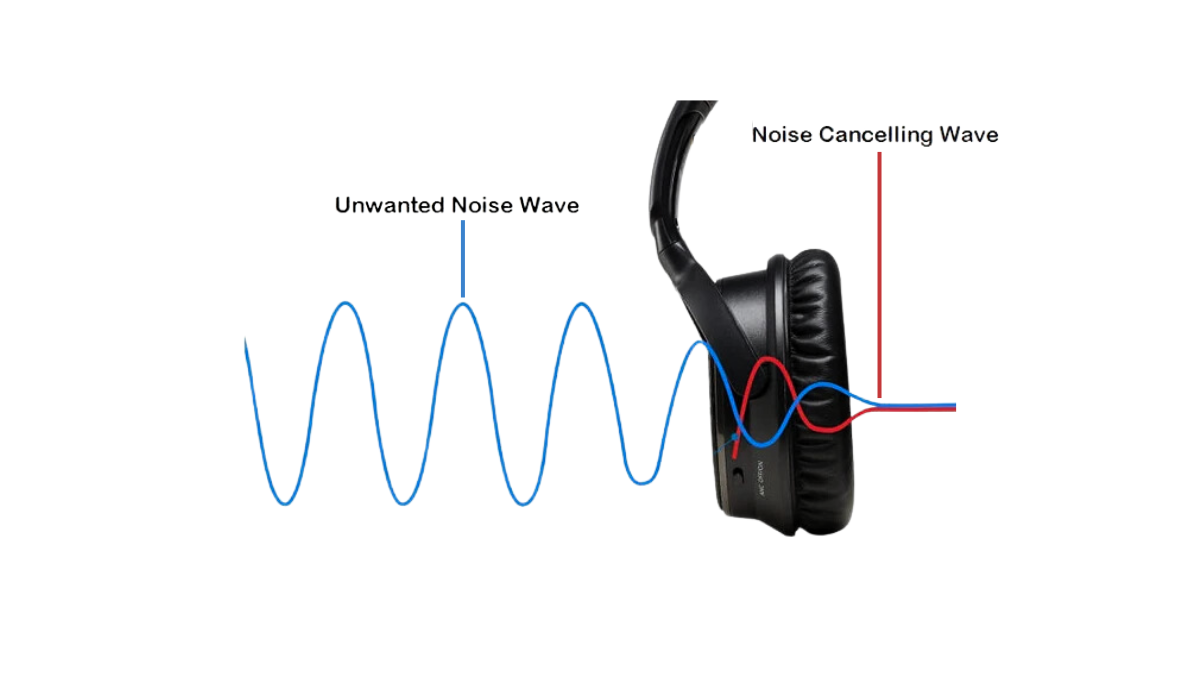In a world filled with constant noise, finding a way to enjoy your music or focus on work without distractions is considerable. Two popular technologies often compared in terms of headphones and earbuds are noise isolation and noise cancelling. Though they aim to enhance your listening experience, these technologies differ in approach, function, and effectiveness. In this blog, we’ll break down the differences between noise isolation vs noise cancelling to help you choose the best option for your needs.
What is Noise Isolation?
Noise isolation works by creating a physical barrier between your ears and external sounds. It doesn’t require electronic intervention, as its design focuses on sealing out ambient noise. This technology is commonly found in in-ear headphones (earbuds) and over-ear headphones.
The principle behind noise isolation is straightforward. By fitting snugly in your ears or covering them completely, these devices block external noise, allowing you to hear only what’s coming through the speakers. The effectiveness of noise isolation largely depends on the fit of the headphones. A better seal results in less background noise seeping in, providing a more immersive listening experience.

Pros of Noise Isolation:
- No battery needed: Since there are no electronic components involved, noise isolation doesn’t rely on a power source.
- Affordability: Noise-isolating headphones are generally less expensive than noise-cancelling options.
- Lighter design: With no added electronics, they tend to be lighter and more portable.
Cons of Noise Isolation:
- Less effective for low-frequency sounds: Noise isolation struggles to block out deeper, low-frequency sounds like airplane engines or heavy traffic.
- Fit dependency: The effectiveness is closely tied to the fit, so it may vary depending on the user.
What is Noise Cancelling?
Noise cancelling technology takes a more active approach to blocking out unwanted noise. It uses electronic components that detect ambient sound and generate sound waves that cancel out those noises. This is done through tiny microphones placed on the headphones that pick up external sounds and then create opposing sound waves to neutralize them. This method is called Active Noise Cancelling (ANC).
Noise cancelling is especially effective at reducing low-frequency sounds, such as airplane engines, trains, or city traffic, making it a popular choice for travelers and commuters. Unlike noise isolation, ANC doesn’t depend on the physical design of the headphones but relies on advanced sound engineering to provide a quiet environment.

Pros of Noise Cancelling:
- Great for low-frequency noises: ANC is excellent at reducing constant, droning sounds like engines or air conditioners.
- Enhanced listening experience: By eliminating background noise, you can enjoy your music or podcasts at lower volumes, making them top-rated headphones for music while reducing the risk of hearing damage.
Cons of Noise Cancelling:
- Battery life: Since ANC requires electronics to function, it consumes battery power. When the battery runs out, the noise-cancelling function stops working.
- Heavier and more expensive: ANC headphones are typically bulkier due to the built-in electronics and are often more expensive.
How Do They Compare?
Now that we know how each technology works, let’s compare noise isolation vs noise cancelling across different factors:
| Factor | Noise Isolation | Noise Cancelling |
| Effectiveness | Best for mid-to-high-frequency sounds | Best for low-frequency, constant sounds |
| Power Source | No power required | Requires battery power |
| Comfort & Fit | Depends heavily on design and fit | Less dependent on fit, more comfortable for extended use |
| Price Range | Generally more affordable | Usually more expensive |
| Portability | Lighter and more compact | Often bulkier due to electronics |
| Best Use Case | Office environments, gyms, walking | Traveling, commuting, noisy environments |

Noise Isolation vs Noise Cancelling: Which One Should You Choose?
Choosing between noise isolation vs noise cancelling headphones comes down to how and where you plan to use your headphones.
- If you’re often in noisy environments like airplanes, trains, or urban areas, noise cancelling will give you a superior experience, especially against low-frequency sounds. However, be prepared for the added cost and the need to recharge your headphones regularly.
- On the other hand, if you’re in moderately noisy environments such as offices or cafes, and you don’t want to invest in pricier technology, noise isolation can provide a decent level of sound blocking. It’s also a great option for those who want a simpler solution without the hassle of charging.
Combining Both Technologies
In recent years, some headphone models have begun combining both noise isolation and noise cancelling for maximum sound control. For instance, some in-ear ANC headphones offer noise isolation by physically sealing off your ear canal while also employing noise cancelling technology to further reduce external noise. This hybrid approach offers the best of both worlds and is an ideal choice for those who want comprehensive noise reduction.
Conclusion
Whether you go for noise isolation vs noise cancelling, the goal is the same: enhancing your listening experience by reducing distractions. Noise isolation works well for those seeking a passive, affordable solution, while noise cancelling offers advanced technology that actively combats background noise, particularly in travel or commuting scenarios. Ultimately, your decision will depend on your lifestyle, budget, and specific needs.
Whatever you choose, enjoying your music, podcasts, or calls without interruption is now more achievable than ever!



